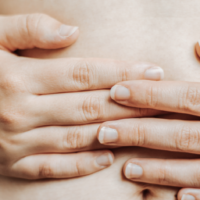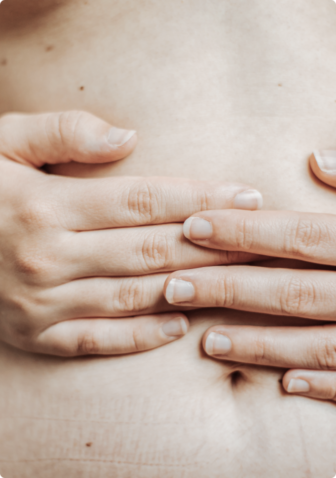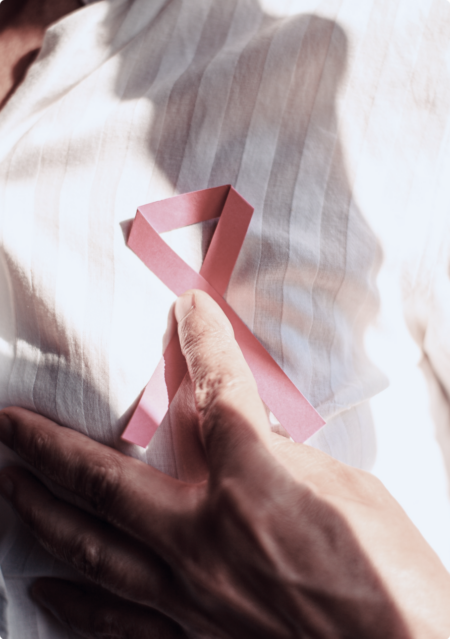
Physical Activity & Health
Physical activity has significant health benefits for hearts, bodies, and minds. Physical activity improves mood, overall well-being and sleep. Physical activity enhances thinking, learning and judgement skills. Moderate physical activity is important in maintaining healthy regular menstrual cycles and increasing fertility. Maintaining a healthy weight through exercise and moderate activity helps increase reproductive health and fertility.
Key Definitions
Moderate Exercise
Moderate intensity activities are those that get you moving fast enough or strenuously enough to burn off three to six times as much energy per minute as you do when you are sitting quietly. Moderate intensity activities may include, for example, brisk walking or riding a bike on level ground with no hills.
Vigorous Activity
Vigorous intensity activities are those that make you breathe hard and fast. If you’re working at this level, you will not be able to say more than a few words without pausing for breath. Vigorous intensity activities include, for example, jogging or running and swimming laps.
Muscle Strengthening
Muscle strengthening activities are those that make your muscles work harder than usual. This increases your muscles’ strength, size, power and endurance. The activities involve using your body weight or working against a resistance.
Women aged 18-64 years
- Should do at least 150 to 300 minutes of moderate-intensity aerobic physical activity throughout the week;
- Or at least 75 to 150 minutes of vigorous-intensity aerobic physical activity;
- or an equivalent combination of moderate- and vigorous-intensity activity throughout the week;
- Should also do muscle-strengthening activities at moderate or greater intensity that involve all major muscle groups on two or more days a week;
- Should limit the amount of time spent being sedentary;
- To strengthen pelvic floor muscles practice pelvic floor exercises such as Kegel exercises, heel slides, or toe taps 3 times a day;
Pregnant and postpartum women
All pregnant and postpartum women without contraindication should
- Do at least 150 minutes of moderate-intensity aerobic physical activity throughout the week;
- Incorporate a variety of aerobic and muscle-strengthening activities;
- Practice Kegel exercise to support pelvic organs; regular Kegel exercise during pregnancy and after you have given birth can help improve and maintain bladder and bowel control.
Remember
- Listen to your body
- Every activity counts
- Any physical activity is better than no physical activity
- Stay hydrated
- Physical activity is important for all women throughout their lives
































